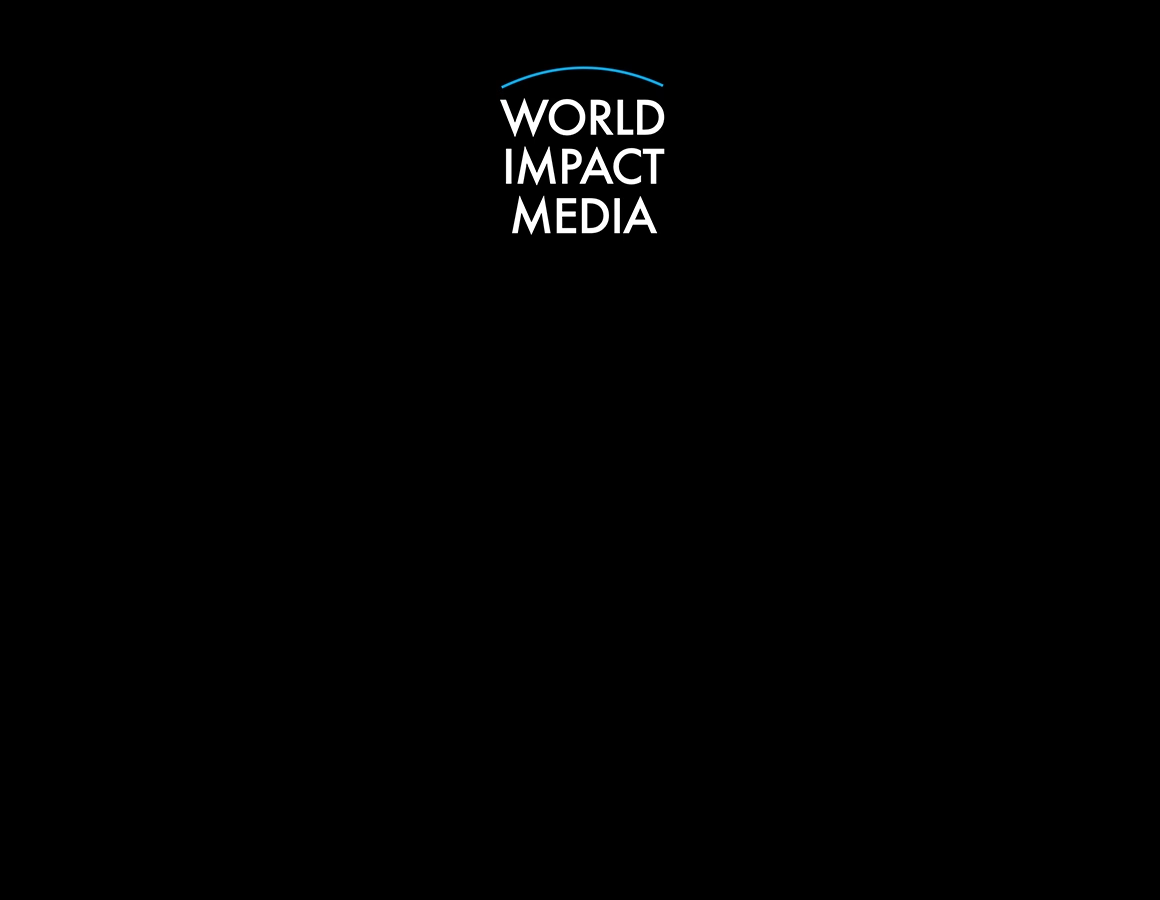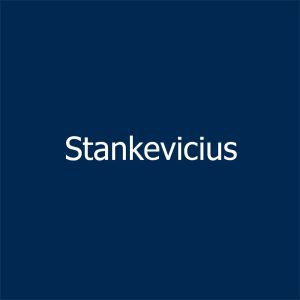Fredrik Eklund, the high-profile luxury real estate agent and star of Million Dollar Listing New York, has revealed an emerging trend among ultra-wealthy homebuyers: properties designed for at-home biohacking. As the pursuit of wellness, longevity, and personal optimization accelerates, affluent clients are increasingly seeking residences that double as wellness sanctuaries, blending cutting-edge technology with luxury living.
From oxygen chambers to smart circadian lighting, these biohacking homes represent a radical shift in how luxury real estate is conceived, merging health science, technology, and opulent design.
What Is a Biohacking Home?
Biohacking, in its simplest form, refers to using science and technology to optimize one’s physical and mental performance. In the context of real estate, a biohacking home incorporates:
- Sleep optimization systems: Smart mattresses, circadian lighting, and soundproof sleep pods.
- Fitness and recovery zones: AI-powered gyms, cryotherapy chambers, infrared saunas, and floatation tanks.
- Nutrition and supplementation hubs: Smart kitchens that integrate nutrient tracking, juicers, and personalized meal-prep systems.
- Cognitive enhancement tools: Neurofeedback devices, meditation pods, and digital detox zones.
- Environmental optimization: Air filtration, humidity control, and UV sterilization to create ideal living conditions.
The goal is to create a controlled environment that maximizes health, energy, and productivity without leaving home.
Why Wealthy Buyers Are Embracing Biohacking Homes
Eklund notes that ultra-high-net-worth individuals increasingly prioritize longevity, mental clarity, and resilience over traditional luxury amenities. Key drivers include:
- Health and Wellness Obsession
Wealthy clients are seeking personalized wellness ecosystems at home, reducing reliance on gyms, spas, or clinics. - Pandemic-Driven Lifestyle Changes
The COVID-19 pandemic accelerated interest in self-contained, wellness-focused living, as remote work and home isolation reshaped priorities. - Integration of Technology
Smart home systems now allow for real-time monitoring of biometrics, personalized environmental adjustments, and AI-guided fitness programs. - Exclusivity and Status
Biohacking homes signal innovation and forward-thinking luxury, appealing to buyers who want both privacy and prestige.
Examples of Biohacking Home Features
Fredrik Eklund highlights some of the most popular features in biohacking residences:
- Oxygen and altitude rooms: Simulate high-altitude conditions to improve cardiovascular performance.
- Infrared saunas and cryotherapy chambers: Enhance recovery and boost metabolism.
- Sensory deprivation float tanks: Promote mental relaxation, focus, and stress relief.
- AI-integrated gyms: Track workouts, adjust resistance, and provide real-time feedback.
- Smart lighting systems: Mimic natural circadian rhythms to optimize sleep and hormone regulation.
- Advanced air and water filtration: Reduce toxins and create an ultra-clean living environment.
Many of these homes also feature dedicated spaces for meditation, yoga, and mindfulness practice, making the residence a holistic health hub.
The Market Impact
The rise of biohacking homes is shaping high-end real estate trends in several ways:
- Property Values
Homes with integrated biohacking features command premium prices, often adding millions to the valuation of luxury estates. - Architectural Innovation
Designers are incorporating specialized rooms, reinforced floors, and advanced plumbing and electrical systems to accommodate wellness technologies. - Global Appeal
Wealthy buyers in New York, Los Angeles, Miami, London, and Dubai are leading the trend, seeking wellness-oriented properties with privacy and exclusivity. - New Revenue Streams
Real estate firms and designers now market biohacking consulting, installation, and ongoing maintenance services, turning wellness into a lucrative luxury niche.
Challenges and Considerations
While biohacking homes are a growing trend, they come with challenges:
- Cost: High-end biohacking equipment and home integration can easily exceed hundreds of thousands of dollars.
- Technological Complexity: Maintaining AI-integrated systems, oxygen chambers, or cryotherapy units requires specialized technicians and regular upkeep.
- Privacy and Data Security: Devices that track biometrics must be secure and compliant with privacy standards.
- Scientific Validation: Not all biohacking techniques are clinically proven, and buyers must weigh hype versus effectiveness.
Fredrik Eklund’s Vision for the Future
Eklund predicts that biohacking homes will continue to expand beyond elite clients, influencing mainstream wellness-focused housing in the coming decade. Key trends he anticipates include:
- Integration of AI-driven health monitoring into everyday appliances.
- Sustainable, bio-optimized building materials to enhance indoor environmental quality.
- Increased interest in urban micro-residences that incorporate wellness pods and home biohacking systems.
- Partnerships between real estate developers and wellness technology companies to offer turn-key solutions.
According to Eklund, the luxury home market is no longer just about space, views, and aesthetics—it is increasingly about enhancing life itself.
Conclusion
Biohacking homes represent the next frontier in luxury real estate, where cutting-edge health technology meets opulent design. For the ultra-wealthy, these residences offer more than comfort—they promise enhanced longevity, performance, and personal optimization.
Fredrik Eklund’s insights reveal that the modern luxury buyer is no longer content with traditional amenities; they are looking for homes that serve as both sanctuaries and personal performance labs. As wellness becomes a central pillar of elite living, biohacking may soon define what it truly means to live in luxury.
















